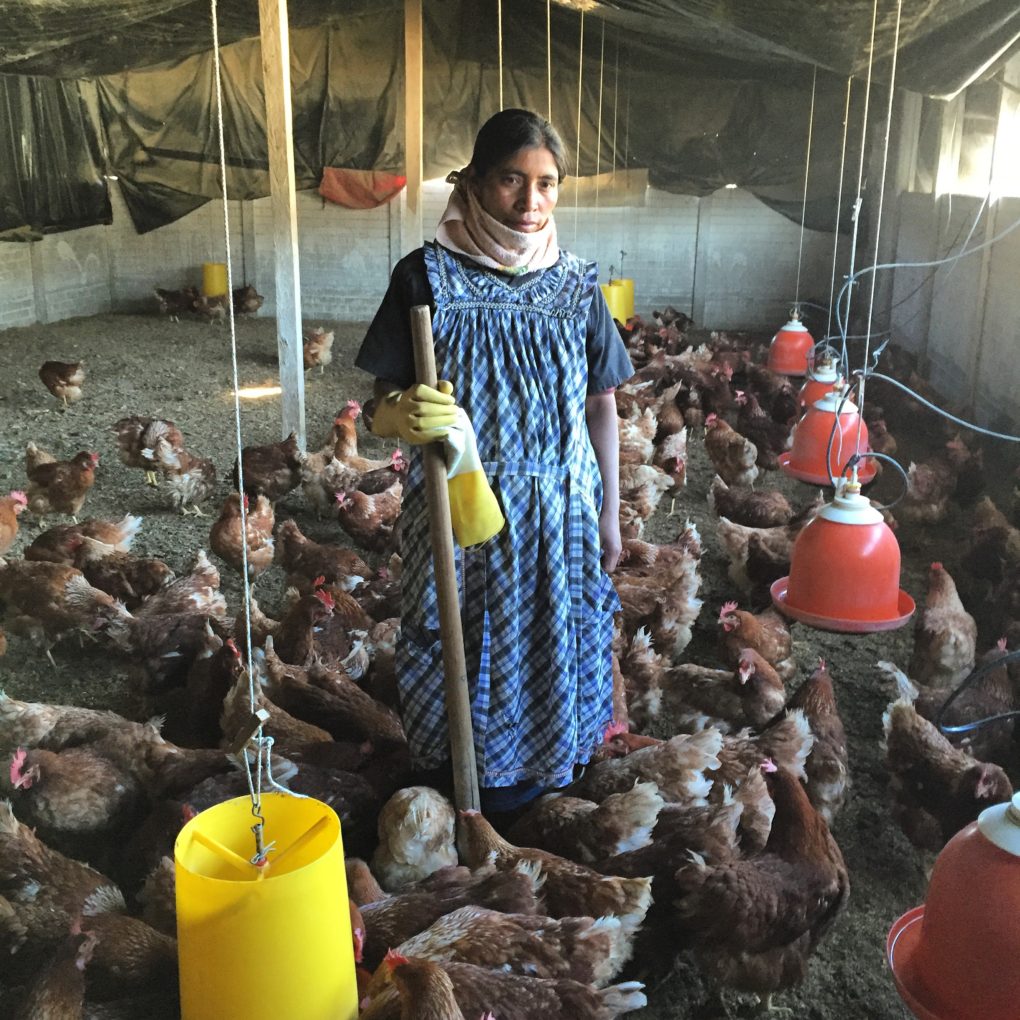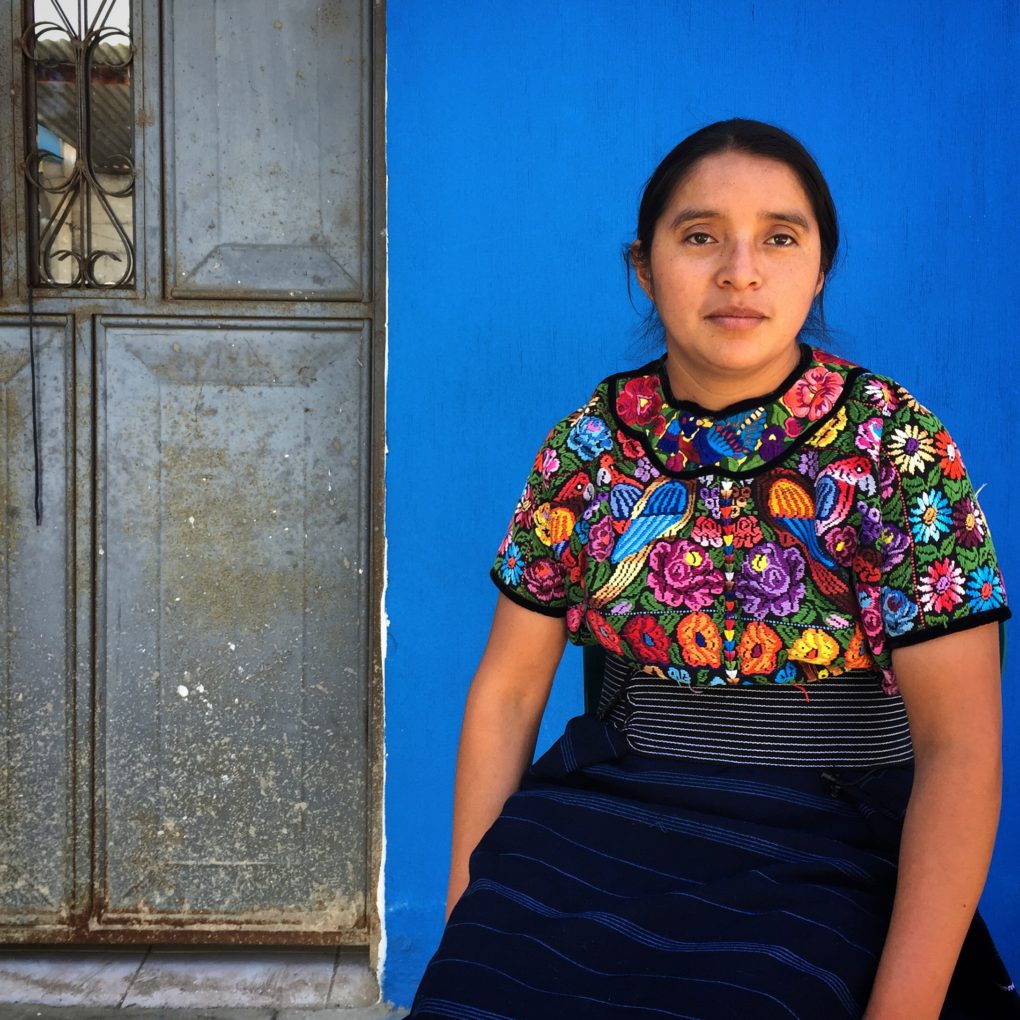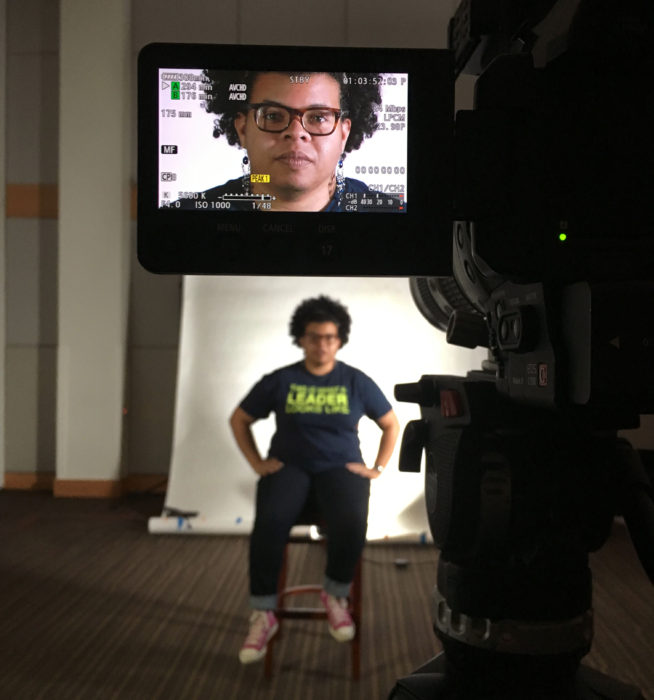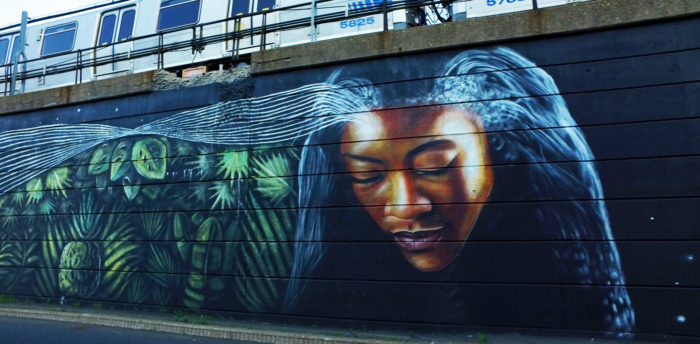Reverse Migration features the stories of two men who made the journey from Cajolá, a town in the Western Highlands of Guatemala, to Morristown, New Jersey, and back again. Their experience highlights the tremendous pressures that Guatemalan men face to migrate, the challenges for the families and communities left behind, and the benefits that can sometimes result when migrants return with renewed commitment and energy to devote to their communities.
The town of Cajolá is familiar to us from two trips we took to the Western Highlands region of Guatemala in the spring of 2015 and 2016 with Rutgers University law students. As lawyers and professors who run clinics where immigrant children receive legal representation, we wanted to better understand the lives of our clinic clients and the reasons they were embarking on dangerous journeys to the United States, often completely alone. In the last three years, approximately 150,000 Central American children traveling alone have sought refuge in the United States.
The peak of child migration from Central America occurred in the summer of 2014. At the time, newspapers and the internet were plastered with stories about younger and younger children risking their lives to travel on their own from the “northern triangle” countries. Many of these children, after being detained at the border, were being reunified with family members in New Jersey and were finding their way to our clinics to seek legal representation. As teachers, and as advocates for our clients, we wanted to better understand why so many children were coming to the U.S. and what they experienced on their way here—and back. We hoped that visiting Guatemala with our students would provide more depth to our teaching and advocacy work, as well as provide our students with a more contextualized understanding of the root causes underlying a current humanitarian crisis.
What made our trips so special was the thoughtfulness and insight of our partnering organization and the extensive time we spent with Guatemalan youth, both formally and informally. Toward the beginning of our first visit, our hosts arranged for a formal panel presentation by several young people who had emigrated and returned. Each told their story about why they left Guatemala, what happened when they reached the United States, and what their lives were like now having returned. The stories were incredibly powerful and emotionally intense, detailing a variety of reasons why they chose to migrate, extensive abuse while in the custody of U.S. immigration officials at our Southern border, and feelings of failure and depression upon having to return to Guatemala. Our interactions continued throughout the week as several of the storytellers joined us at meals and on many of our day trips, providing informal opportunities for more intimate conversations.
Our trips to Guatemala deepened our understanding of the powerful forces at play in the push to migrate. Reverse Migration expands on that understanding by examining the pull factors that encourage migrants to return. It also helps us to better understand the personal and political complexities involved in our current immigration crisis. People—children and adults—are migrating because they need to, their lives often depend on it. Yet many still long for home and family, and wish they could return. This film shows us that for some that may be possible, and that a community working together, across national borders, can support and raise itself up. We need more such illustrations of what we all can do together.
Julie Winokur, founding partner of Newest Americans, is the Executive Director of Talking Eyes.
Rachel Dennis, Associate Media Director of Newest Americans, is an associate producer at Talking Eyes.
Joanne Gottesman Clinical Professor of Law and Director, Immigrant Justice Clinic, Rutgers University
Randi Mandelbaum, Clinical Professor of Law and Director, Child Advocacy Clinic, Rutgers University
Gareth Smit, freelance photographer and videographer, is a core contributor of Newest Americans.
Fernando Sandoval, freelance photographer, was a production assistant on this project.








